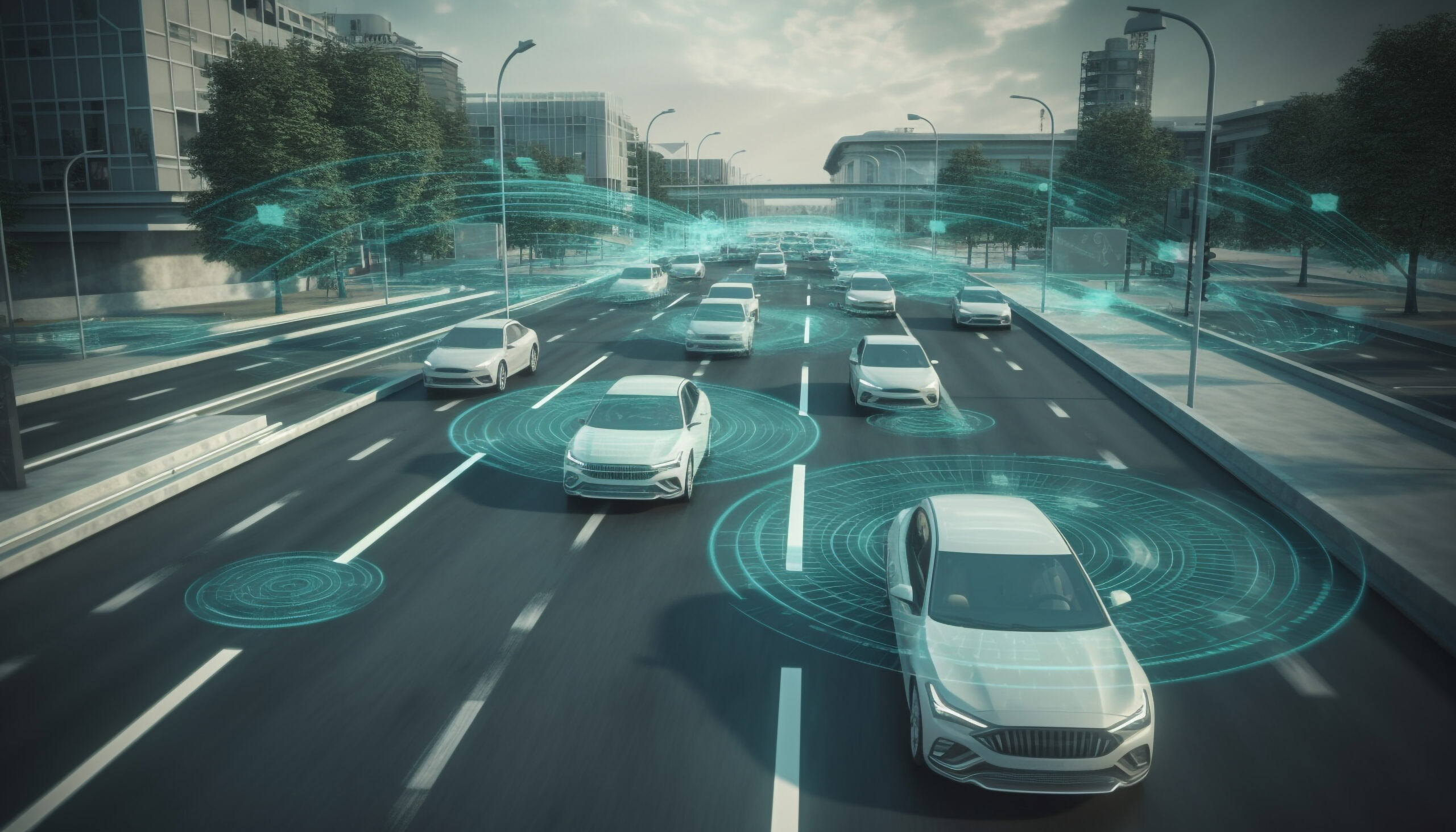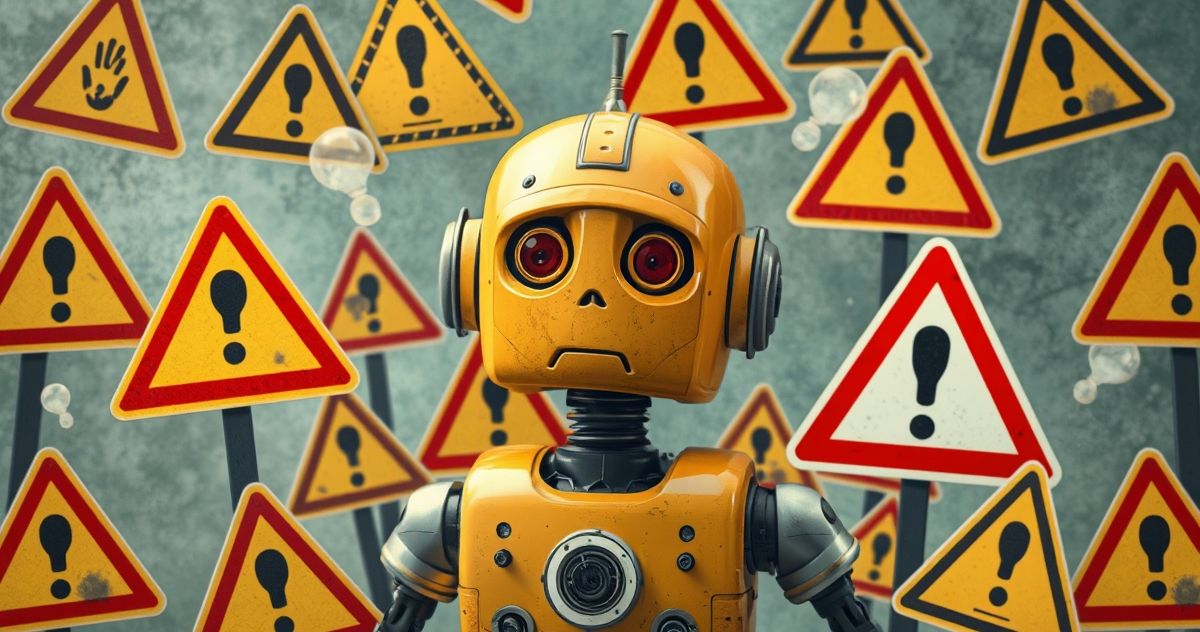AI Impact on Employment is one of the most pressing workforce challenges of the 21st century. As automation becomes more advanced, it’s no longer just reshaping industries—it’s redefining how we work. According to a new UN report, artificial intelligence could influence 40% of jobs globally in the next decade.
(Euronews)
Jobs Most Affected by AI’s Impact on Employment
Industries relying heavily on repetitive or routine tasks are at the forefront of this disruption. Customer service, manufacturing, and data entry roles are among the most vulnerable to AI-driven automation. A Pew Research study shows that a large percentage of workers are concerned about being replaced by AI—especially in entry-level and mid-tier roles.
However, it’s not only blue-collar jobs at risk. White-collar professions like software engineers, financial analysts, and paralegals are now being targeted by generative AI tools and automation platforms. Cities like San Francisco and New York, traditionally known for tech leadership, may see a shift in employment dynamics.
(Source: Financial Times)
Global and Gender Disparities in AI’s Impact on Employment
The impact varies by region and gender. A study presented at the Global AI Summit for Africa highlighted that women in Africa’s outsourcing industry are 10% more likely to lose their jobs to AI than men.
(Source: AP News)
These disparities highlight the urgent need for inclusive and equitable reskilling programs that prepare everyone—regardless of gender or geography—for the AI era.
Strategies to Survive and Thrive
To stay competitive and resilient in this evolving world of work, businesses and individuals should adopt these strategies:
- Invest in Reskilling and Upskilling: Focus on human-centric skills like creativity, leadership, emotional intelligence, and problem-solving—areas where AI still lags behind.
- Use AI as a Collaborative Tool: Learn how to work alongside AI instead of competing with it. The future belongs to augmented workers.
- Support Ethical AI Policies: Advocate for workplace regulations that promote transparency, job transition support, and responsible AI development.
There’s no stopping automation—but there is a way to adapt to AI’s impact on employment. Staying informed, learning continuously, and thinking long-term are the keys to not just surviving this shift, but thriving in it.
AI impact on employment is real, fast-moving, and unavoidable—but with the right tools and mindset, the workforce of tomorrow can be even more empowered than today.



